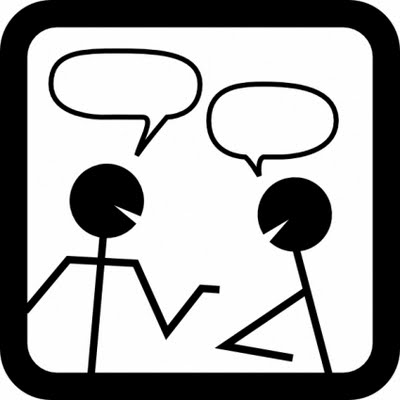OK, so it’s not a perfect world. Even in successful, customer-centric organizations there are still pockets of staff who don’t recognize or respect their internal customers. It’s hard to believe, though, how certain areas can get away with this.
One of my colleagues works for a company that is part of a larger organization. When we met recently, she shared her frustration about a particular (more like peculiar) department in the parent company. In dealing with some of the staff there, her requests for assistance are typically met with one of three responses. “Sometimes we’re mildly ignored, ” she told me, “and other times we’re barely tolerated or just dismissed.”
We pondered this situation over lunch, including various efforts to bring it to management’s attention at the parent company (to no avail). And we concluded that it’s just one of corporate life’s little mysteries.
The good news is the rest of the organization is genuinely committed to customer satisfaction. And the even better news is my colleague and her associates don’t let this one department affect how they treat their own internal (& external) customers. Way to go!




